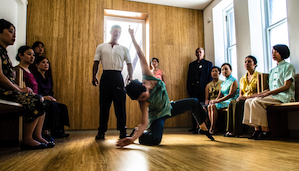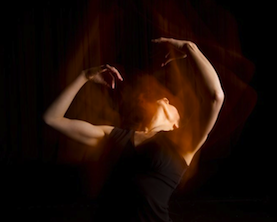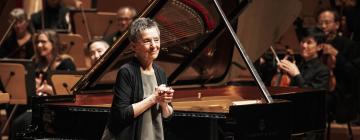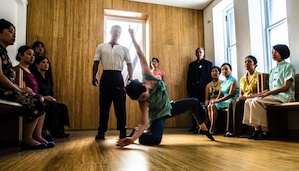
Photo by Robbie Sweeny
Lenora Lee Dance opens its fifth season Oct. 12-15 in Dance Mission Theater, with a trilogy of works about key experiences in the Chinese American narrative, combining contemporary modern dance, Chinese and Japanese martial arts, Chinese classical dance, dragon and lion dance.
Passages: For Lee Ping To (2010) tells the story of Lee's grandmother's immigration through Angel Island during the era of the Chinese Exclusion Act. It utilizes historical documents as source material and includes transcripts of Lee Ping To's interrogation during her incarceration on the island.
Reflections (2011) delves into the experiences of three generations of men in their search for a sense of place in American society. The work was developed through the support of the CounterPULSE Artist Residency Commissioning Program. Music is by composer/saxophonist Francis Wong, with Kei Lun Martial Arts, Tatsu Aoki (bass, taiko), Melody Takata (taiko), and Karen Stackpole (drums, gongs).

Photo by Cody T Williams
The Escape (2012) is inspired by stories of women who had become vulnerable upon arrival into the U.S. during the early 20th century. The project seeks to shed light on the experiences of women in the context of the social history of the period for Chinese in America as well as for women in the society as a whole. Music is by Wong with Wayne Wallace (trombone), Stackpole (gongs, drums), Kat Parra (vocals), Genny Lim (vocals), and Corey Chan (Chinese drum).
Kei Lun Martial Arts & Enshin Karate and South San Francisco Dojo will participate in the show, directed by Lee, with media design by Olivia Ting, text by Genny Lim, and videography directed by Tatsu Aoki. A dozen local art and community organizations are co-presenting the production, which is supported by the Zellerbach Family Foundation, San Francisco Arts Commission, California Arts Council, Grants For the Arts/SF Hotel Tax Fund, WKK Donor-Advised Fund, San Francisco Foundation, and individual donors.
The multimedia projection highlights re-creations of experiences in Cameron House, a historic five-story building in San Francisco's Chinatown from the period explored in the works. From its founding as the Mission Home for Girls in 1874 until the 1930s, Cameron House assisted more than 2,000 women who sought shelter and education or refuge from forced domestic labor or servitude.

